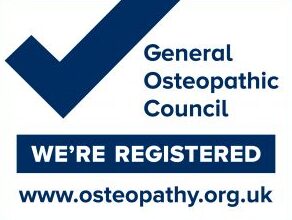
The life of the typical professional in the 21st century has become extremely sedentary. The average adult spends over 50% of their total waking hours sitting. We sit to eat, read, talk, socialize, work, drive and travel. The list is endless.
Prolonged periods of sitting promote physical changes in our bodies. Whilst sitting we are generally in a forward flexed posture to complete tasks such as typing, reading and writing. The head starts to protrude forward and the shoulders and upper back become rounded. Muscles in the hips, legs and chest become tight and others such as the abdominals and gluteals become weak. Office-based workers very often describe aching in the neck, shoulders, jaw and back.
Pilates is an exercise modality that can be used to combat these physical changes. By participating in a well-designed, regular Pilates regime many of the symptoms commonly described by office based professionals will begin to disappear. The impact of prolonged sitting can be reversed by learning functional movement patterns, breathing techniques, correct posture and minimizing muscle imbalances.
If asked to describe yourself would any of the following apply to you?
- Out of shape
- Stressed
- Poor posture
- Tight muscles
- Inflexible
- Slouched Posture
If so, you are likely to be the perfect candidate for a personalized Pilates program.
Pilates was developed in the early 20th century by Joseph Pilates. It is a system of exercises designed to improve strength, flexibility, posture, coordination and body awareness.
A skilled Pilates practitioner can tailor a program for any individual. Pilates is performed one to one or in small groups which allows the instructor to focus individual attention on participants. The workout consists of a variety of exercise sequences that are taught to suit each person and modified to accommodate individual abilities. Therefore, it is an exercise modality that is suitable for all people regardless of age, physical fitness, illness or injuries.
[starbox id=steph]
A Pilates programme for individuals experiencing body deconditioning attributed to a sedentary lifestyle is likely to incorporate exercises to improve core strength, spine mobility, pelvic stabilization, shoulder mobility and stability, hip mobility, strength in the muscles of the back and breathing efficiency.
For the individual this translates into feeling stronger, more flexible, lengthened, stretched, symmetrical and relaxed.
As with any exercise regime these benefits aren’t gained overnight. A commitment over 6-10 weeks of ideally 2 one hour sessions per week will enable the individual to learn technique, build foundations and experience improvements.
In addition to the obvious physical benefits, people who regularly engage in Pilates describe themselves as more focused, body aware, experiencing less injuries, more relaxed and motivated to increase incidental exercise in their lives.
A skilled Pilates practitioner will also encourage his/her clients to take Pilates practice out of the studio and incorporate the principles into the workplace and everyday life. The instructor should guide the individual’s awareness of alternating postures whilst at work; correct workplace set up; breathing techniques and stretches and movements that can be simply incorporated into the workday. Having strategies to combat fatigue, muscle tension and tightness when at work are essential for the office professional to maintain concentration and focus and therefore improve work efficiency and performance.
For the individual this means you can be improving your body’s functioning not only during your Pilates sessions but throughout your workday. We can describe this as “multi-tasking”- a favourite pass time for the busy professional!



